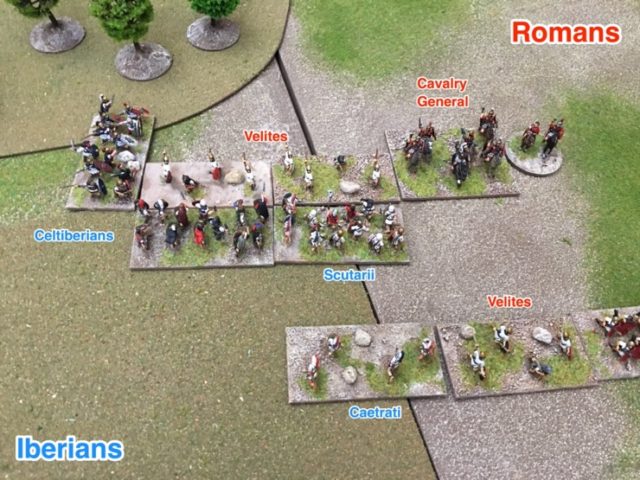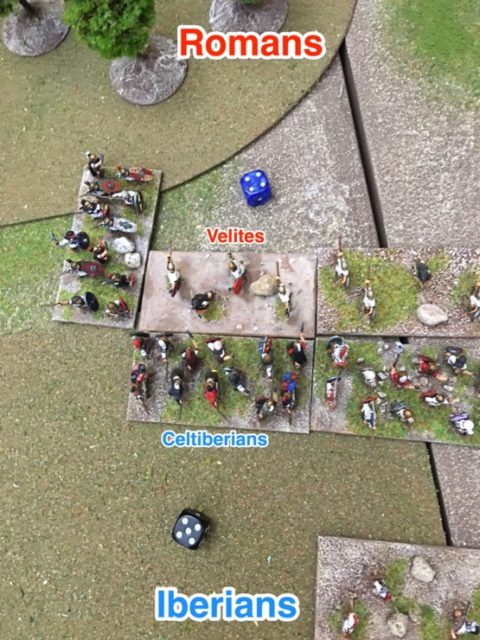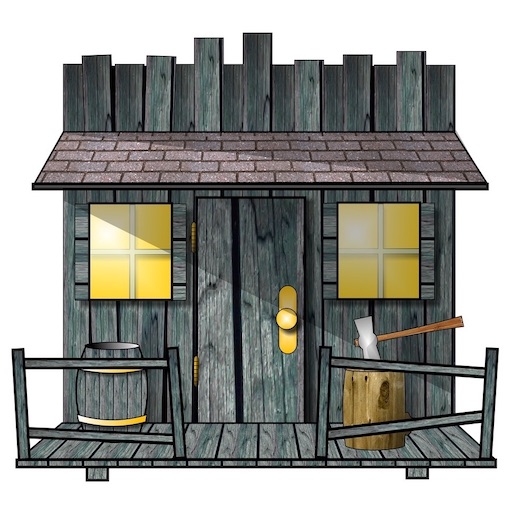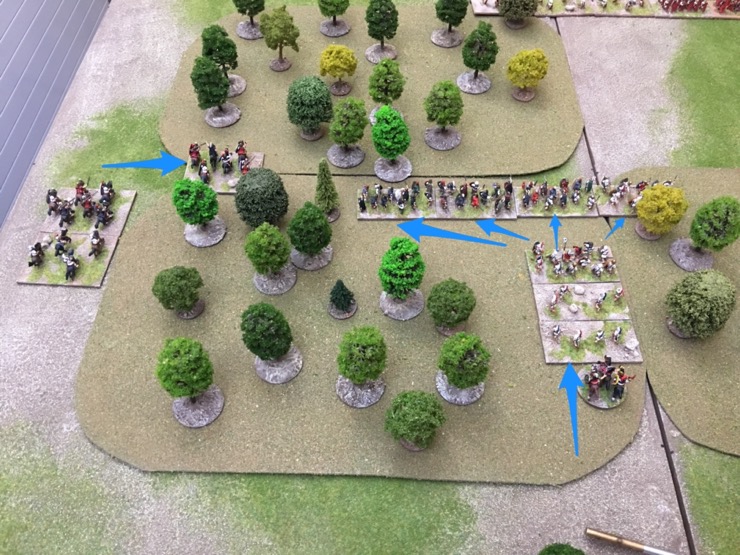We played Big Base Triumph in the Punic Wars – liked the Triumph rules but thought some of the troop types sucked. To really challenge ourselves and test out that impression, we played another, bigger, game with Iberians on the table in force. So “Light foot” for both Scutarii and Caetrati and “Javelin Cavalry” for Roman, Numidian, Carthaginian, big shield Iberians, and small shield Iberians. I felt, somehow, I was about to rub salt in the wounds. Of course this is Punic Wars.
Summary: Romans (Chris, Adam) beat Allied Carthaginian (Jamie) and Iberians (Steven)
Armies
We played two armies a side, and all four armies were 40 points.
Chris and Adam got Polybian Roman 275 BC to 105 BC and chose this combination with their 80 points:
Roman Army under Triumph
- 2 x Javelin Cavalry – Roman, Gallic, Spanish, and effective allied horsemen
- 14 x Elite Foot – Legionaries
- 8 x Light Foot – Velites
- 2 x Skirmishers – Skirmishing bowmen and slingers
- 26 stands
Jamie and I went for a Carthaginian and Iberian alliance. We got 40 points each.
Allied Carthaginian and Iberian Army under Triumph
- Later Carthaginian in Spain 275 BC to 203 BC (Jamie)
- 3 x Elephants – African elephants
- 3 x Javelin Cavalry – Numidian, Spanish, Poeni or Libyan horsemen
- 4 x Heavy Foot – Libyan heavy infantry armed with spears
- 1 x Heavy Foot – Poeni settlers
- 1 x Light Foot – Libyan, Moorish or Numidian javelinmen
- 1 x Light Foot – Spanish mercenary light infantry
- 1 x Skirmishers – Balearic slingers
- 14 stands
- Iberians 240 to 20 BC (Steven)
- 3 x Javelin Cavalry
- 3 x Raiders – Mercenary Celtiberian scutarii
- 4 x Light Foot – Scutarii
- 2 x Light Foot – Caetrati
- 2 x Skirmishers – Skirmishing slingers
- 14 stands
Table
I mentioned last time that I had to make special Big Base Triumph sized terrain templates. I did that and you can see them on the table. They are quite big.

One of the annoying things about Triumph is the terrain placement assumes a table with 3:2 ratio. That was fine for our last game of Triumph because we only had two armies on a normal table (6’x4′ because of my big bases). But with a double sized game, we had to adapt things.
Our starting point was terrain card 5-5.

We just added a couple of terrain features and stretched the 3 x 2 terrain card over the full 8′ x 4′ table. We ended up with seven wood features (2 ordinary large; 2 edge large; 2 ordinary small; 1 edge small) and a stream.
Jamie and I were the defender(s) and placed the masses of woods. We assumed we could push my Iberians through the forest. Of course, Chris/Adam might have done something similar to restrict the battlefield and protect their flanks from the superior Carthaginian and Iberian horse. So, on balance, both sides were probably content with the terrain.
I was on the left flank, with my Iberians facing the giant woods.



Jamie was on our centre, up to the stream on the right.

Chris and Adam had their Romans between the giant woods and the wood near the stream.


Battle






































Conclusions and observations
We enjoyed the game. Chris and I were active in the first half with Romans versus Iberians, in the woods. Adam and Jamie were active in the second half, in the open.
Jamie and I adopted a fairly common wargaming tactic when fielding Carthaginians against Romans. Avoid battle. Because once the two infantry lines come into contact the Romans will have the advantage. We elected to try to win in the big wood with my Iberians. This was, after all, the only place they were useful. If the Romans caught them in the open they were mincemeat. Unfortunately, our tactic did not work.
The Romans (Chris and Adam) won. That Elite Foot / Blades / Legionnaires are pretty tough in any DBx game or derivative. Once they lined up against Jamie’s army they started chewing on the Libyan Spearmen. It didn’t take long before we hit our break point.
I still don’t like what Triumph does with Iberian Scutarii and Caetrati – making them both “Light foot”. Or with Roman, Numidian, Carthaginian, big shield Iberians, and small shield Iberians – making them all “Javelin Cavalry”. By doing this I feel Triumph has lost a key element of the Punic Wars flavour. The contemporaries considered these troop types to be different and I think wargaming rules should as well.
And Triumph really needs to sort out what player should do in a big battle on a big table (not the normal 3:2 ratio).


There are cards for Grand Triumph which is a 144point game on the WGC site. Keep in mind you can set up historical scenarios any way you like, the cards you are using are for a 48point random setup and the GT cards are for a similar tournament style meet up and random terrain setup.
http://www.wgcwar.com/GrandTriumph.html
The GT table size is for simplicity the equivalent of two standard mats side by side. There is more terrain available and more sectors to the battlefield.
The game looks great with the big bases and the additional terrain. You didn’t describe your command point rolls in the game, but maybe they were pretty even. Clearly there were a lot of 1’s in combat and it is hard to win when you roll 1s in any system. Carthage’s cavalry advantage was hard to use on that battlefield, too.
What’s your thought on how to rate the cavalry differently? You could try differentiating them using Elite and Bad Horse ratings for some of the elements. I think the additional catagories in Triumph! for cavalry in particular is one of its strenghts. You might also be able to come up with a battle card that gives it more of the flavor you are looking for.
Carthage won a 12 player one-day campaign that we played during the play testing for Triumph!